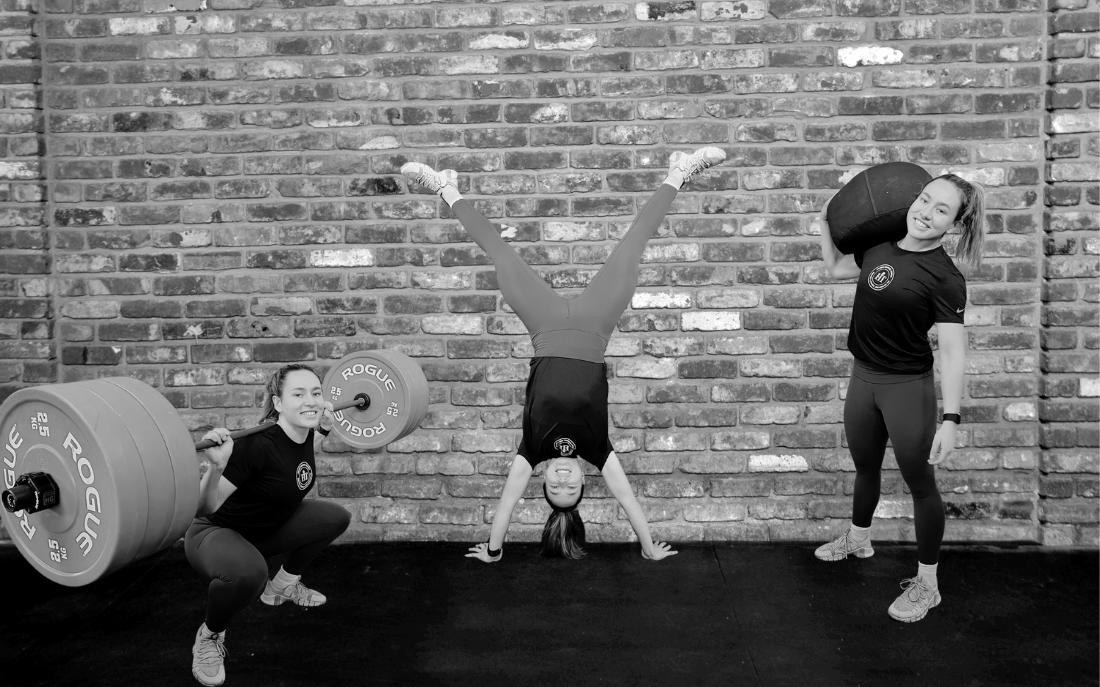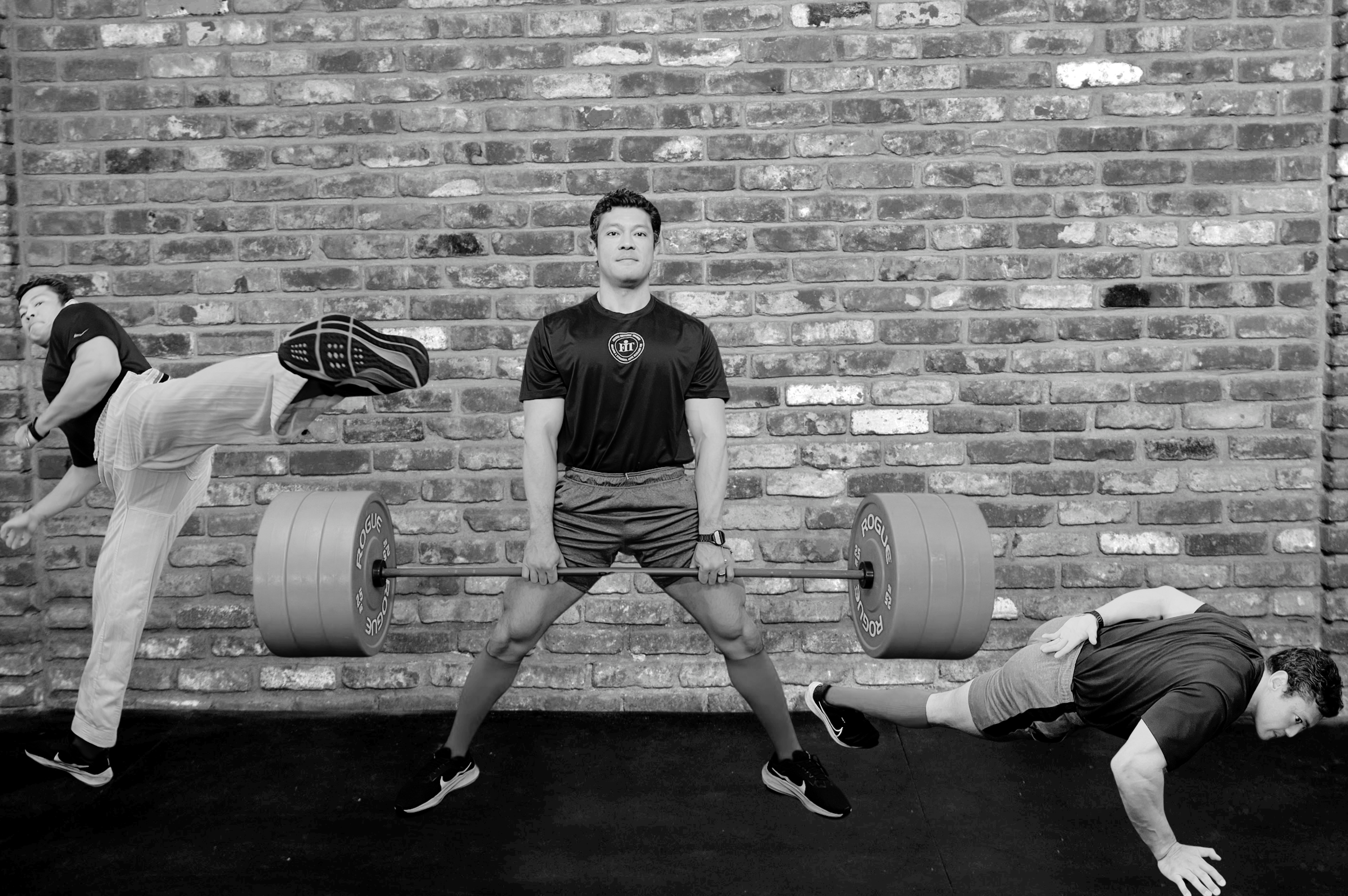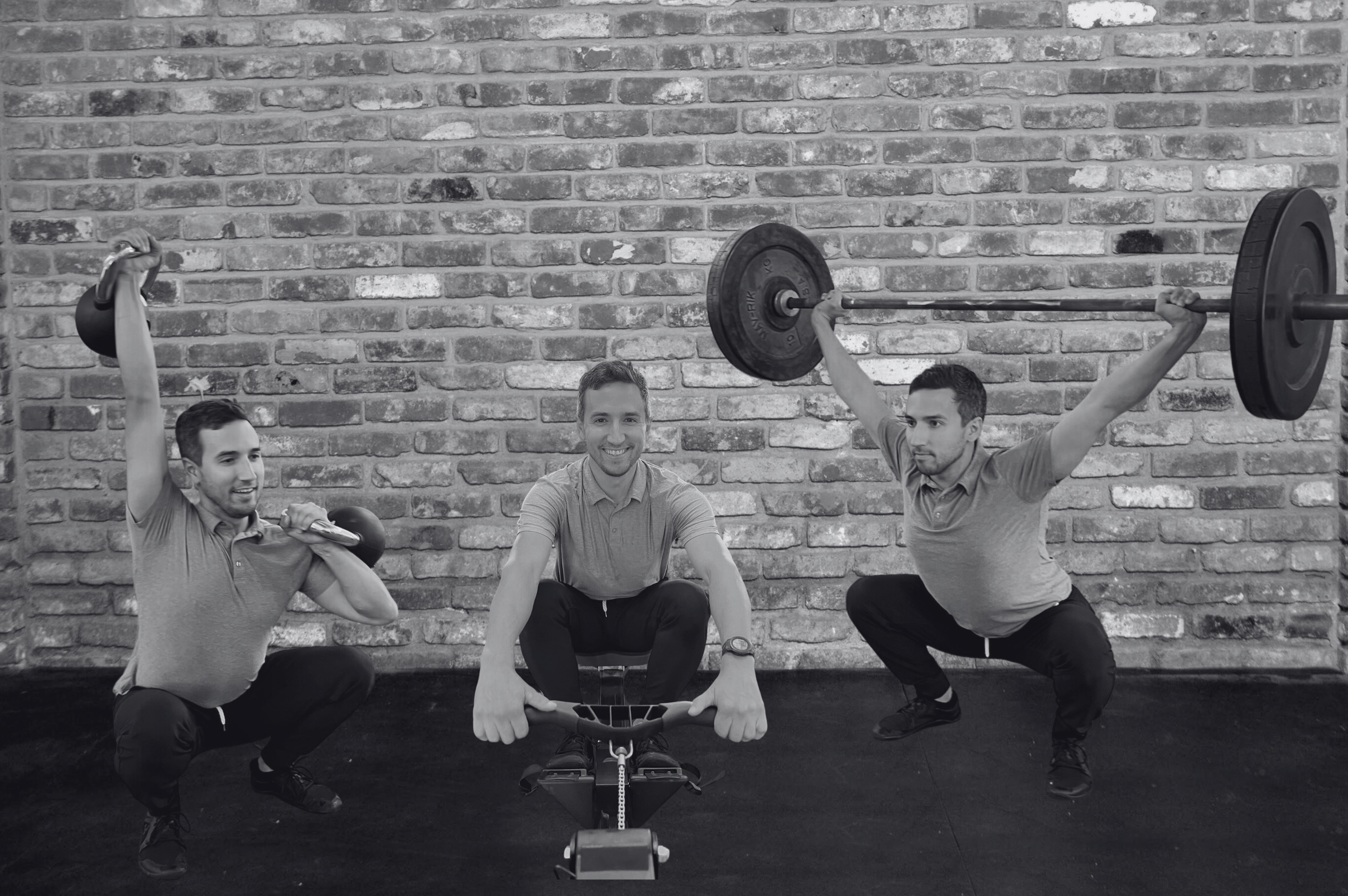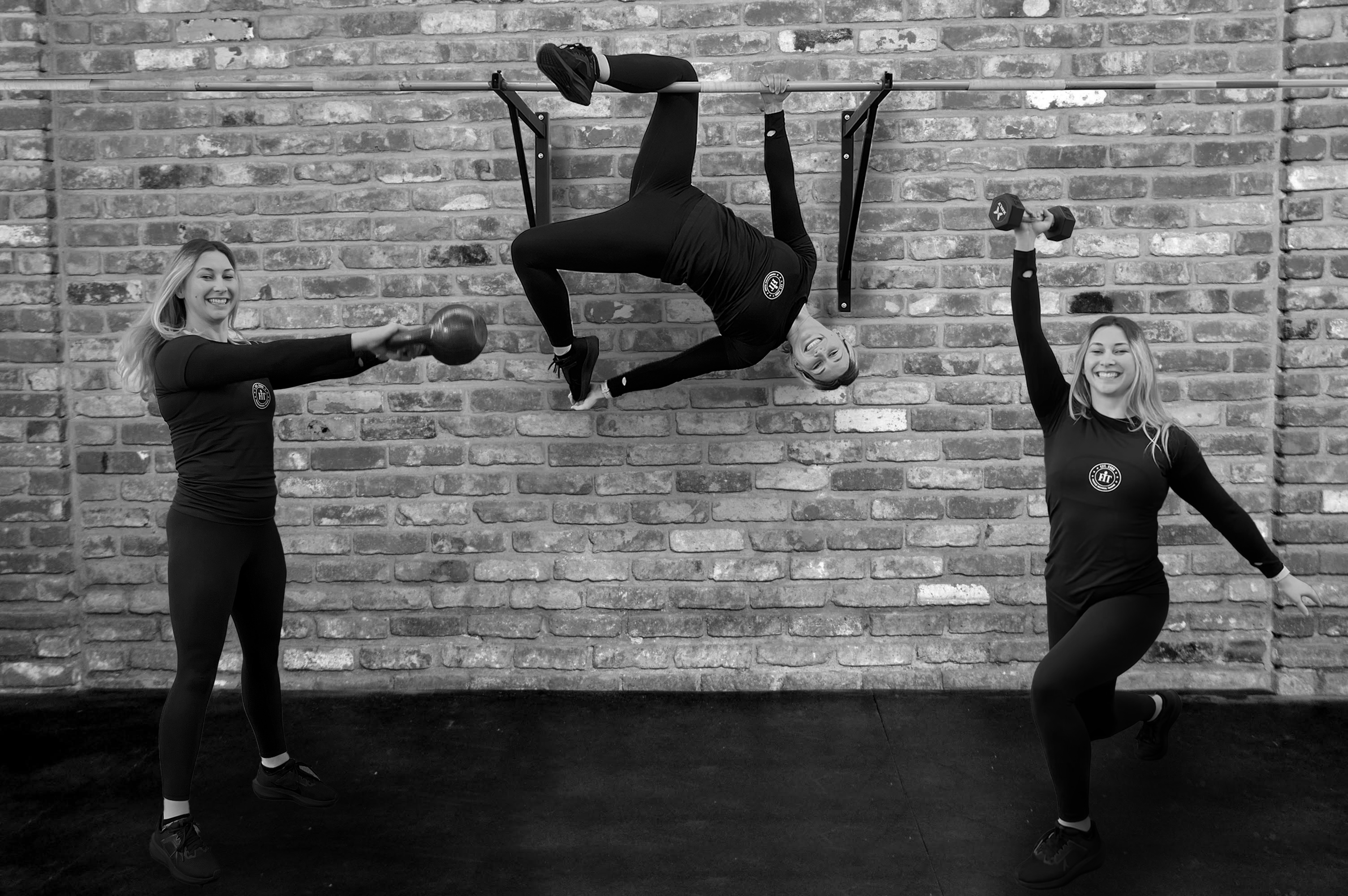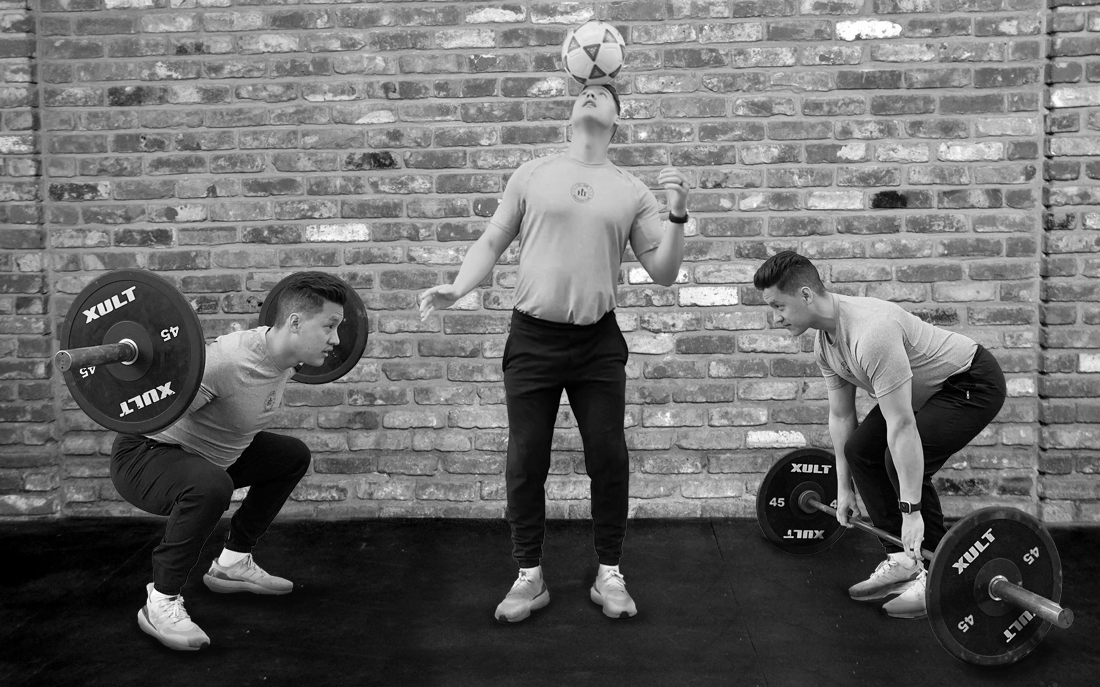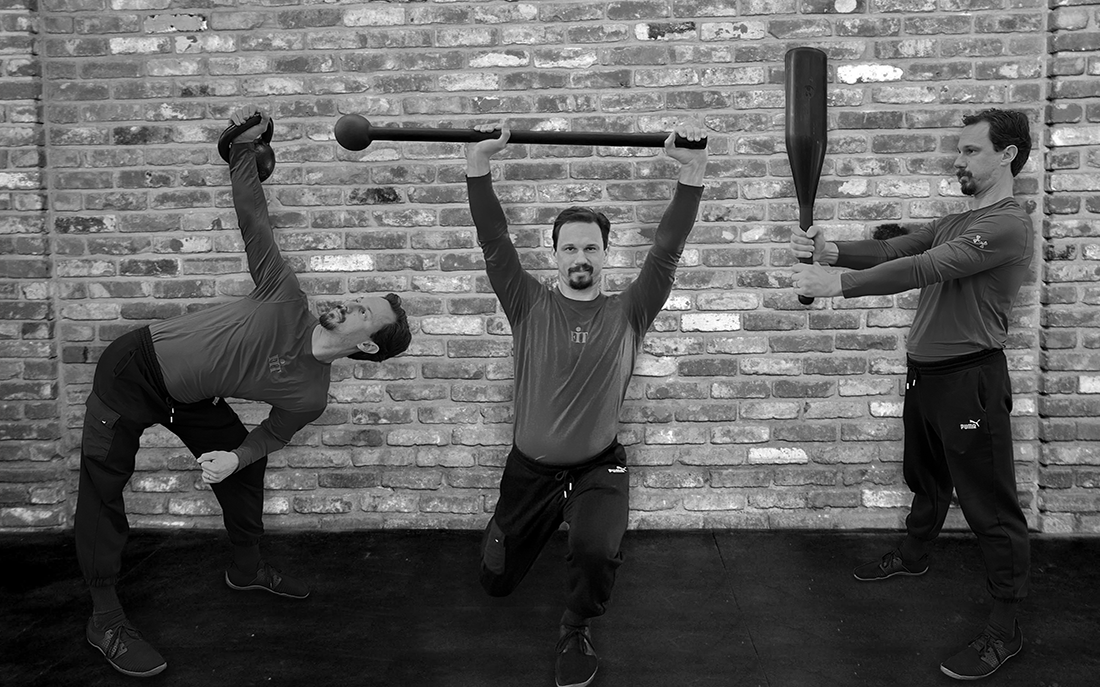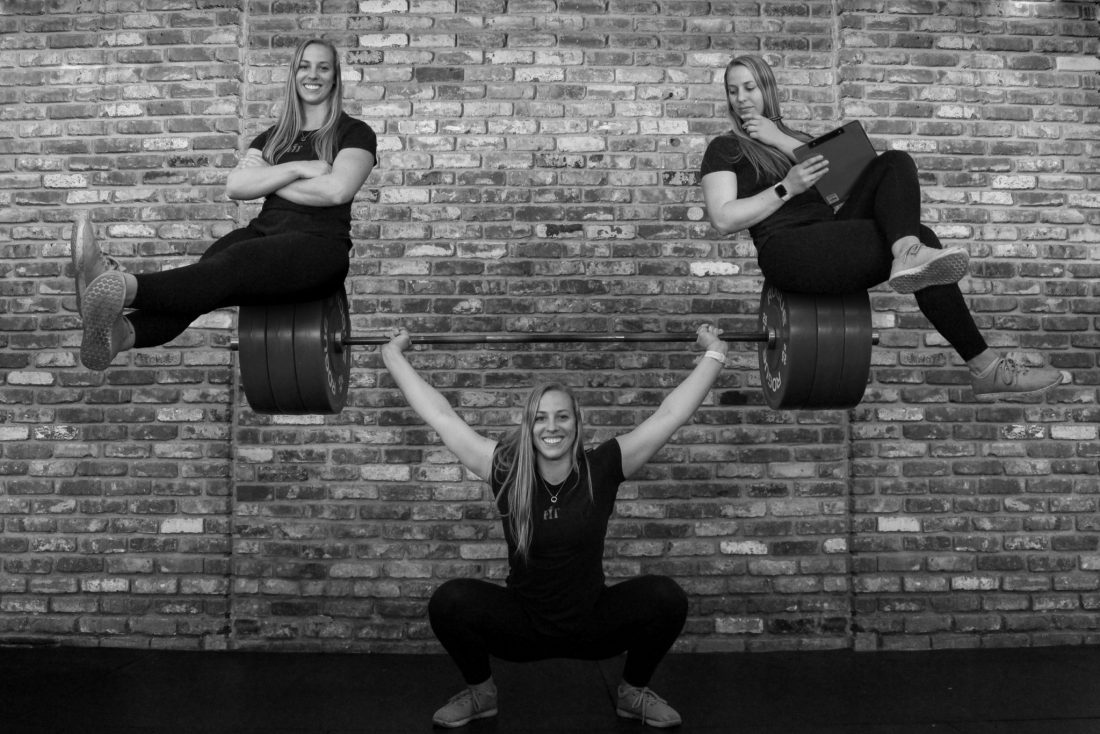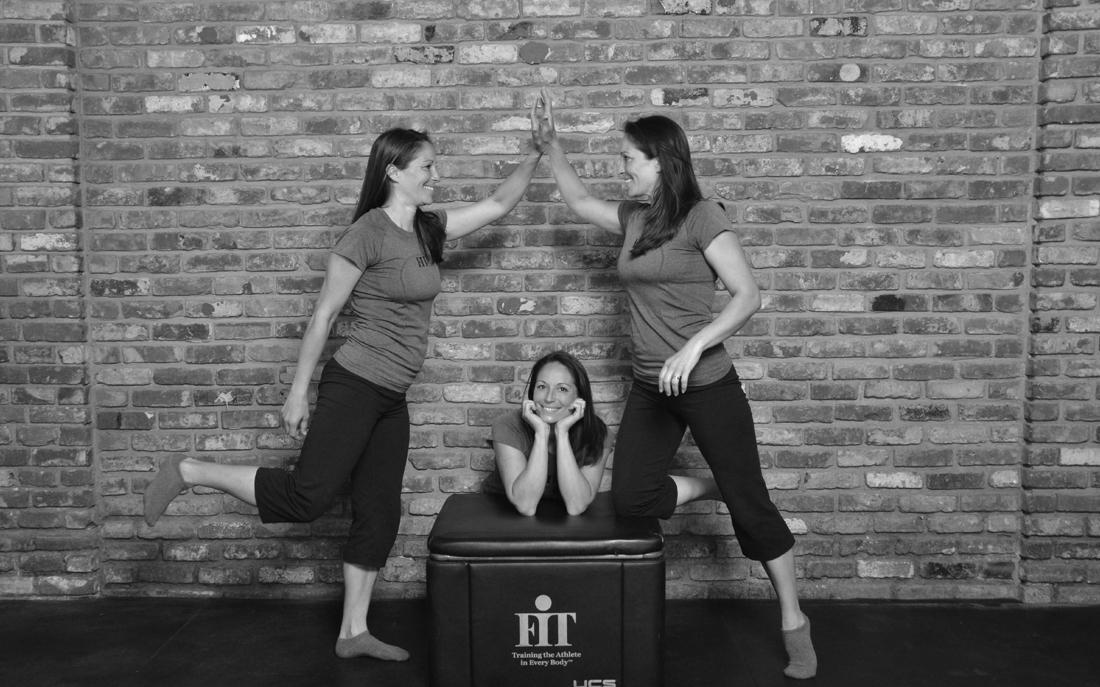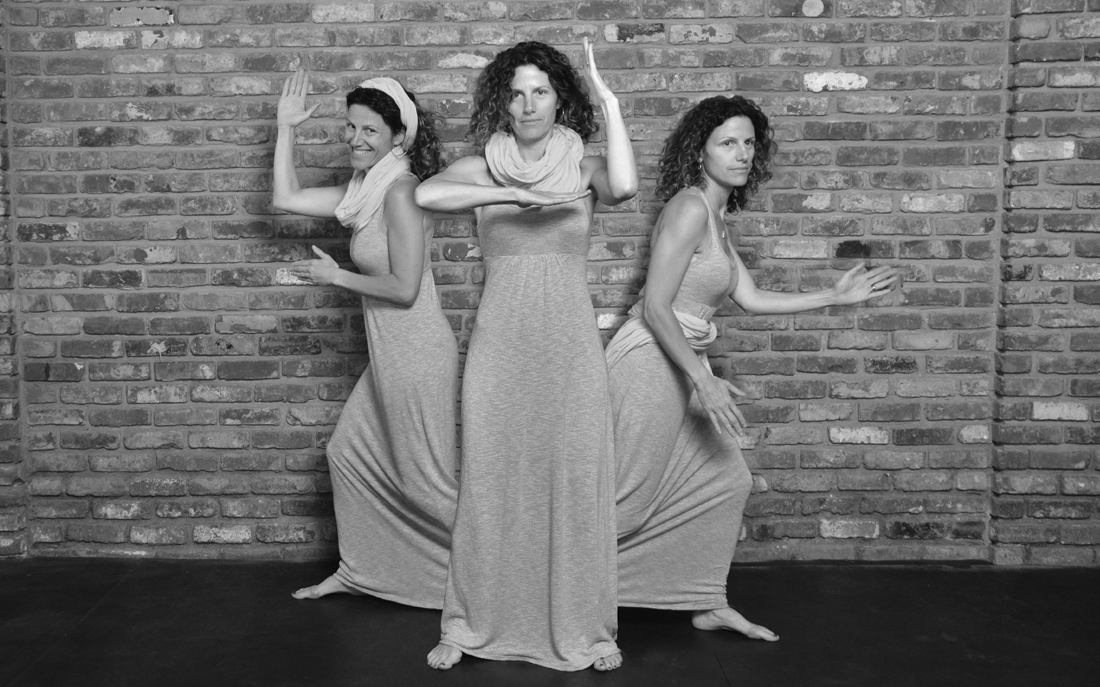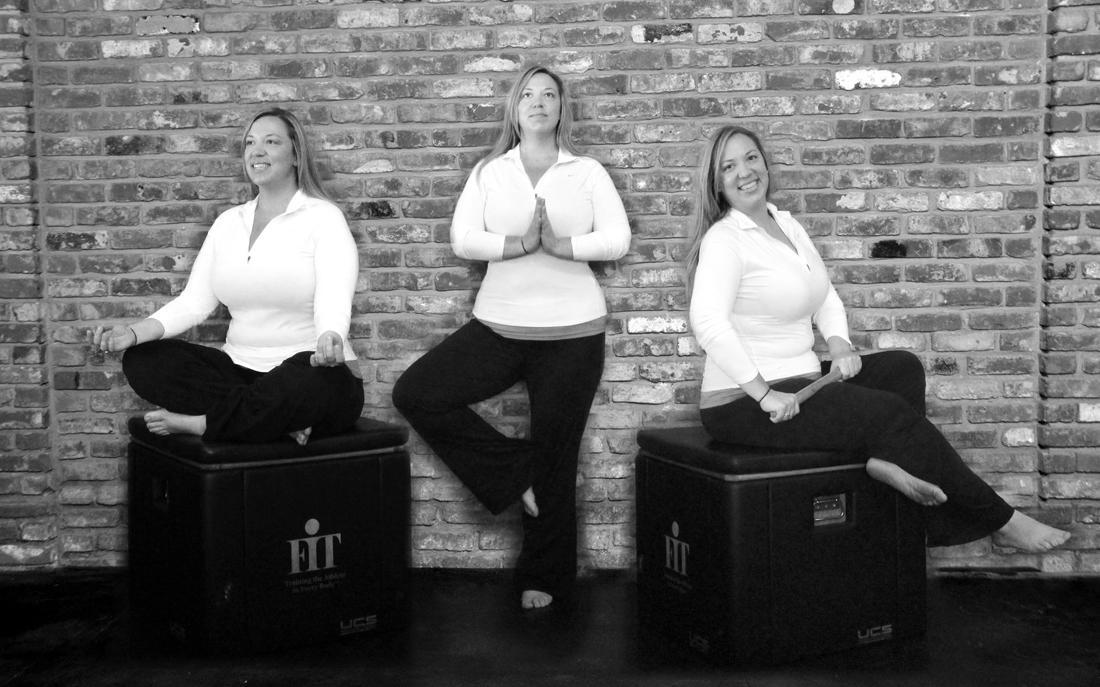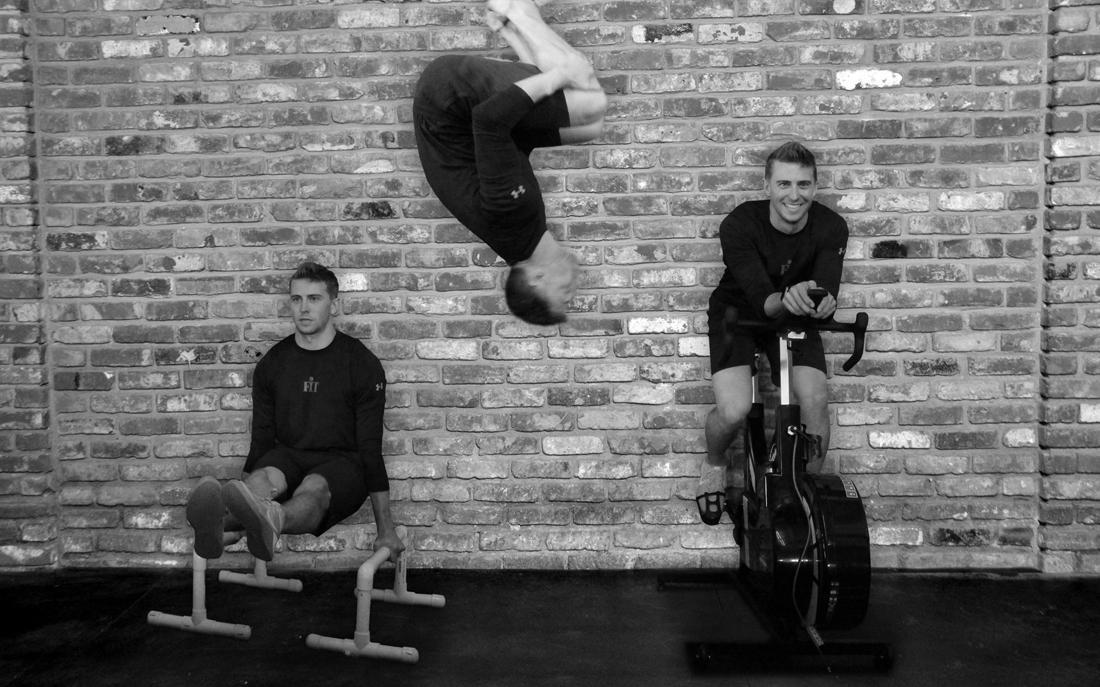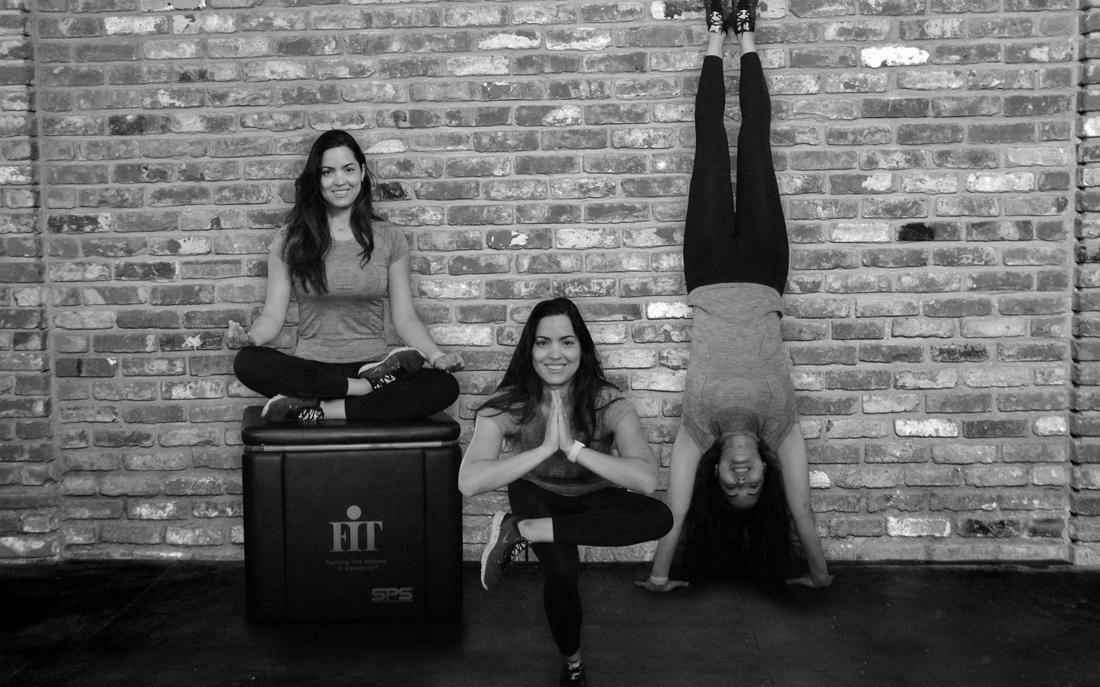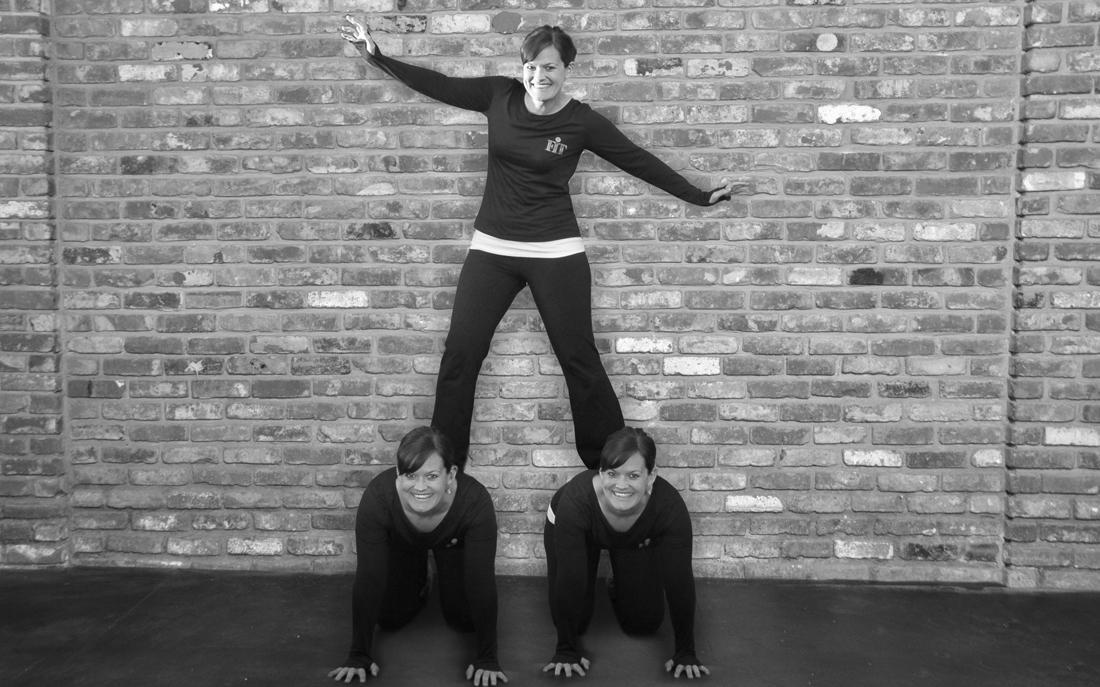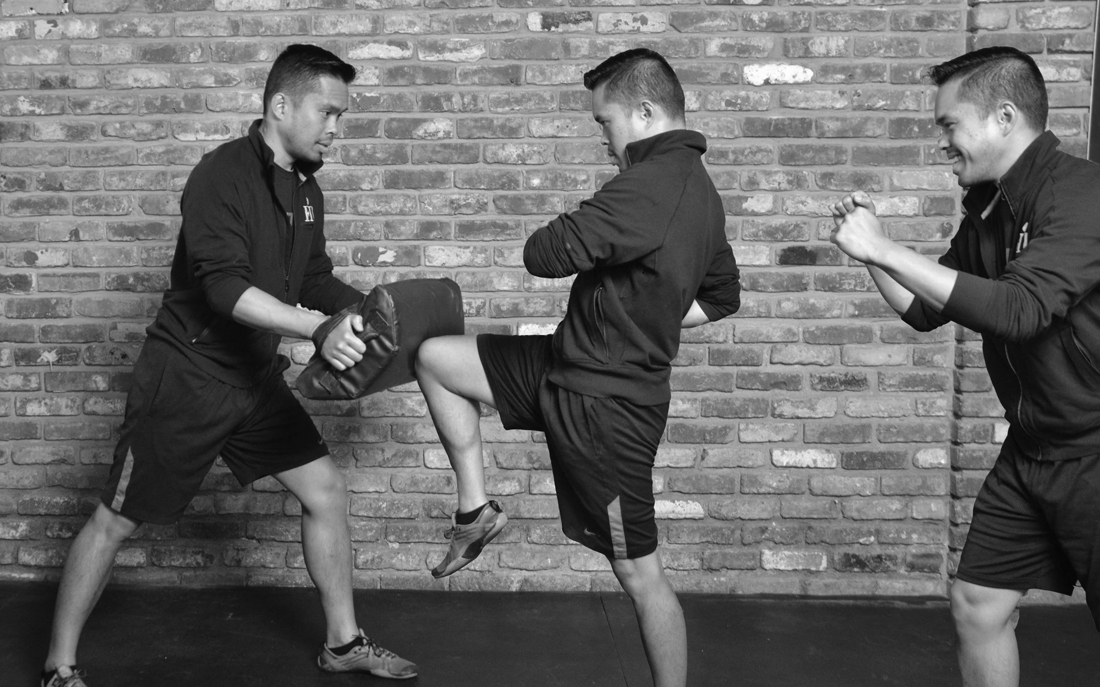Getting Older Isn’t Supposed to Hurt: Steps to Stay Healthier and Stronger
Aging doesn’t have to mean declining health. Around the age of 40 or 50, it often feels like the wheels start falling off as doctors prescribe medications for cholesterol, blood pressure, or other concerns. You may hear, “It’s just part of getting older.” But what if it isn’t? What if your choices could determine whether your health declines—or thrives—as you age?
We’ve all met those vibrant 70- or 80-year-olds who inspire us, who make us say, “I want to be like them when I grow up.” Their health isn’t just luck; their choices and lifestyle play a massive role in keeping them younger in body and spirit.
Change What You Can
Chances are you have heard the often repeated serenity prayer – ‘grant me the serenity to accept the things I cannot change, courage to change the things I can, and wisdom to know the difference’? Okay, so let’s talk first about the things we cannot change. Growing older is a necessary element of continued life so we can all agree that piece is out of our control. What else? Genetics? Maybe, but even when dealt a less than optimal genetic hand, in most cases, our choices still influence whether or not and, possibly even, when the ‘bad genes’ get their way.
This brings us to the ‘courage to change the things I can’ part. Health is cumulative, plain and simple. That is to say taking care of yourself consistently over time increases the likelihood that you will remain in good health for the long haul which is healthcare in its purest form.
“But, I knew this guy who was a total health nut who dropped dead one day out on a run. What good did it do him if I’m still here sipping my coffee and eating my donut?” Fair point but not well informed. Who knows why that guy dropped dead? I’m sorry for his family and friends, but chances are that something was missed or overlooked. There was something he didn’t know about his bodily functions or his choices that likely could have prevented what happened. The American Heart association tells us that eighty percent, 80%, of heart disease and stroke events may be prevented. Add in the stats about the connection between Alzheimer’s, dementia and heart health (the brain receives 15% of cardiac output meaning compromised cardiovascular health puts you at risk for more than a heart attack) and skipping the donut and taking the dog for a brisk walk instead is starting to sound like a good idea.
Genetics vs Epigenetics in Aging
“But high blood pressure runs in your family…” and cancer runs in mine. Neither is an excuse to not take care of yourself. I mentioned earlier that the ‘bad hombres’ of genes aren’t always allowed across the border. If you have a known or suspected genetic predisposition to some scary disease, there are, in most cases, things you can do to decrease the likelihood that those genes will be expressed – epigenetics. As mentioned cancer runs in my family – my mom was diagnosed with breast cancer when she was 36, I was diagnosed when I was 29, we both subsequently tested positive for the BRCA mutation. Mainstream media would have us believe, in cases such as ours, that surgical removing the parts of our body at risk is the only thing we can do. While this dramatically reduces the risk of disease, there is more we can do to hedge the odds in our favor. There are no guarantees that we can prevent our genetics from stirring up trouble but that doesn’t mean it’s not worth changing the things we can to prevent them from doing so.
Health Hierarchy For Health And Longevity
So, what can you do? The goal is to live long and drop dead – no slow decline, no wheels coming off said bus. There are many voices out there espousing the secret to health and many people out there who want to do right by their body but simply get overwhelmed trying to figure out what to do.
FiT’s health hierarchy identifies five domains of health optimization and their priority:
- Eating strategy is the top priority- our habits and choices around fueling our body have the greatest impact on health profile, body composition and energy. Establishing a healthy strategy by which all nutrition decisions are based will provide results that the other domains support.
- Sleep Hygiene is the next most important domain in part because being well rested supports good decision making which impacts choices around food and exercise. Sleep also contributes to optimizing health as it helps the body cleanse and detoxify from stress – this is why sleep is referred to as being restorative.
- Stress Management is the next domain in FiT’s hierarchy. Much like sleep’s influence on eating strategy, stress management impacts and is impacted by sleep and nutrition. Poor stress management negatively affects sleep. Poor sleep and poor nutrition increases distress. Learning to recognize stress and balance it with recovery is essential to optimizing health and wellbeing.
- Exercise Prescription refers to the intensity, frequency and duration of the activities you engage in for the purpose of exercise. Exercise prescription involves adjusting variables based on goals and an assessment of your status in the other domains. More is not always better but finding a balance that enables you to continue to progress physically while benefiting rather than compromising your health is the essence of our exercise prescription domain.
- Self Care is the final domain of FiT’s health hierarchy in part because the other four domains are all components of self care, however, sky is the limit in terms of other components that contribute to your individual self care plan. Identifying and staying true to your mission and purpose, developing and maintaining meaningful relationships, learning and practicing a new skill or hobby are just a few examples of components to consider including in your self care plan. While often consider indulgent or selfish, self care is a key component to health and longevity.
I Am Ready To Look AND Feel Healthier
You have read this far so safe guess is that you have the courage to get started living a healthier, more vibrant life. The first step is to assess what you are currently doing to take care of yourself and how well your efforts are working on a scale of 1 to 10:
- Does the food you eat leave you feeling energized and comfortable?
- How often do you sleep well and wake up rested?
- How ‘healthy’ do you feel by which I mean do you experience sustained, high energy throughout the day?
- How clear headed, bright and vibrant are you most of the time?
- Do you carve out time for yourself daily?
Next, looking at those scores, ask yourself what you would need to do to double your wellbeing this year?
Consider what strategies you have already tried that worked and didn’t work to make an intentional choice about what to do more of and what you can stop doing.
Think about what holds you back the most and what simple strategies you can employ to move beyond those obstacles.
Leave Behind the Unhealthy Mindset of Inevitability
FiT’s approach to significant, measurable and sustainable shifts in health profiles is quite simple: assess, experiment, analyze then adjust. With any of the above, once you have assessed the area(s) that require your attention, experiment with changes, analyze the results over a defined period and adjust accordingly.
Because here is the thing, we are all a better version of ourselves when we feel good, so why not keep trying? None of us knows when our ticket will be punched, but the best we can hope is it isn’t punched until the distant future and that when it is, we’ve done what’s needed to ensure the ticket puncher has a hell of a time catching up with us!
